Fino Payments Bank’s focus is on the aspirational Bharat: Anand Bhatia
Fino Payments Bank, which is backed by marquee investors like Bharat Petroleum, ICICI group, Blackstone, IFC, Intel and LIC among others, started operations in 2017 with the objective to take forward the financial inclusion goals. The Mumbai-based Bank’s asset light business model principally relies on fee and commission based income generated from merchant networks and strategic commercial relationships. As part of the next growth strategy, the Bank has embarked upon robust digital initiatives. By the end of Q2 FY23 digital mediums contributed 17% to the overall throughput, up from 10% at the end of FY22.
In conversation with Adgully, Anand Bhatia, CMO, Fino Payments Bank, speaks at length about how they view the competition, the challenges they face, their campaign and much more.
READ MORE: Fino Payments Bank to invest in Paysprint Private Ltd
On the nature of business and competition, Anand Bhatia says, “We are a profitable fintech payments bank focused on the relatively under-banked but incredibly aspirational segments, offering them top quality financial services that really make a difference to the society. Anyone who can move money from point A to point B is competing with us for gaining consumers’ attention. That is all.”
But interestingly everyone is in a way collaborating to build the ecosystem for a business which is incredibly commoditised. So what happens is that the footprint of access to quality BFSI services increases and the ecosystem benefits. “How much each brand gains is then a function of the pull of the brand, robustness of systems, quality of your customer service, quality of the products, scale of distribution. For us, this is a good battle to fight and win. More importantly, we have the relevant physical and digital infrastructure to provide access to quality banking services,” Bhatia said.
“As a marketer it is good fun to work with this challenge, and create something that contributes value to the ecosystem and hence the bank. We are not in the business of buying business. It’s easy to throw money like a lazy marketer. But this growth has to be profitable no matter what the competitive pressure.”
He further added, “As bank partnerships are very important for us. They help drive engagement with consumers and strengthen our proposition to the ecosystem. Lending is what we offer through partnerships. As a bank we are always on the lookout to work with partners across- cash management services, API banking, cards etc.”
About their new ‘Fino Saathi Campaign’ he elaborated, “What I have seen as a behaviourist and as a practitioner in marketing, is that when it comes to decision making on financial services, across sectors people largely use about four odd thumb rules. One is called the availability heuristic – how do I think of a brand? How easily the brand comes to my mind? Second one is my actual experience – how do I experience the brand? Own or somebody else’s? Third one is how easy it is to understand what the brand is saying, and the clarity of the offer.
And fourth is aversion to ambiguity. People hate situations which are ambiguous. They prefer brands where the next steps are clear, where they know what to look forward to.”
Keeping this in mind, the Bank tailor-made a lot of its marketing efforts. The whole Saathi effort is essentially that, to tell them that the Bank is there for them. “They can reach out to us, talk to us, what to expect from us, hence we become very familiar to the consumer. And this familiarity helps drive choice in our favour.”
He continued, “So the whole Saathi initiative was to reach out to our customers, at distribution points and keep reiterating the fact that we are in this journey together, and that we are always available. The two brand hooks we always promote through the efforts are Fino Hamesha (we are always there) and Fino matlab Fikar Not (just don’t worry). A key aspect of financial services is that there is always a lot of Fikar (worry) with money. People hate a ten rupee loss far more than they would love a 20 rupee gain. That’s simple loss aversion. That’s how we came up with this whole concept of Fikar Not or Just Don’t Worry.”
“The Saathi campaign takes these two brand hooks largely through the YouTube platform to the ecosystem. Here we have our business heads across levels interacting with merchants and customers, and we are just putting it out there on YouTube and social media, so that the message keeps going out, that there is no worry because you are in good hands, we are always available for you and that we have the right products and services. It’s a way to connect really with this target audience by giving the bank a face.”
“This initiative is in continuation of our ‘Aaiye Toh Sahi’ campaign with brand ambassador Pankaj Tripathi, which was designed to reinforce the trust factor. The ‘Aaiye Toh Sahi’ campaign drives home Fino Bank’s value proposition through the various characters played by Pankaj Tripathi. The versatile actor portrays three different roles – a customer wishing to open a bank account and looking for an ATM to withdraw cash, a shopkeeper who is a Fino banker and also that of his assistant.”
ll characters subtly convey the core message of trust through convenient banking in the neighbourhood, the benefits of being a local banker and most importantly the omnipresence of Fino Bank’s network. The campaign’s creative use of humour keeps the viewer engaged. All with the core objective of reinforcing trust in the Fino way of banking.
Issues like low banking penetration and the lack of proper awareness about banking are still processed in the hinterlands. On how these challenges have been addressed by Fino Bank, Bhatia shared, “There is a certain sense of fear about financial services due to ambiguity or lack of clarity. That’s where the brand handles of Hamesha and Fikar Not really came in. Even the sentiment of ‘Hamesha’ was something that’s come very ground up. So, it was not something about somebody sitting in an air conditioned room and drawing something on a whiteboard. We started talking to the best of our customers, best of our distribution partners to try to figure out what's the secret sauce.”
“For instance, there was this merchant in UP’s Jaunpur, he used to call himself ‘Hum Jaunpur Ke ATM Hai’. I asked him how do you succeed, why are you doing so well? He had a nice story to tell, that ‘In my area, the markets open at 8 in the morning and I open my shop at 7 in the morning, markets here shut by about 8 in the evening. My shop shuts at about 9-10 clock, so people think I’m always there, always available, ‘Main Hamesha Hoon’. Secondly, whoever came in, the client just gave him a nice smile and asked him ‘How are you?’, so they genuinely felt that I’m Hamesha their friend. So, that’s how this whole thought of Hamesha really came in, that if you are always available, it really helps to create that sense of trust and kills ambiguity in a very big way,” Bhatia said.
“Even our flagship product, Shubh subscription-based savings account, is born out of that sentiment that the consumer struggles with things such as hidden charges. We have a savings account product where the customer pays a subscription fee and is free of any ambiguity on charges etc. That means you have taken away that Fikar from the guy’s mind. So, the more you listen to your consumers, the more you listen to how people buy, why they buy, it helps you design better products, and market them better.”
On the future marketing campaigns and activities planned for 2023 Bhatia said, “We will continue on the current path, which is to use of lot of digital (TVC, OTT, Social media), largely to push straight through the processing products, and work with more and more partners so that we can get there. We will also look at exploring brand associations, like we did with Rajasthan Royals for the 2022 edition of the league, to increase visibility and connect with our potential customers. In a lot of ways we will continue with what we have and try a lot of innovation, for example on-ground point of sale displays such as a poster which has the merchant as the model in it.”



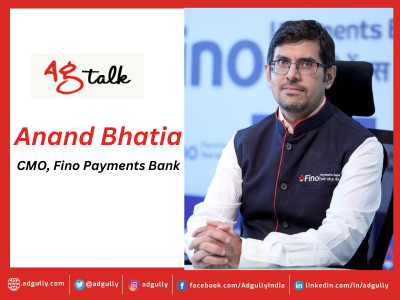






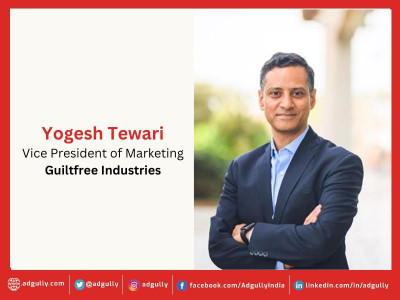
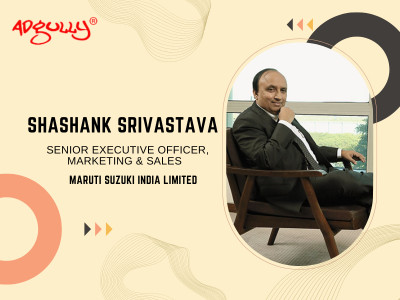
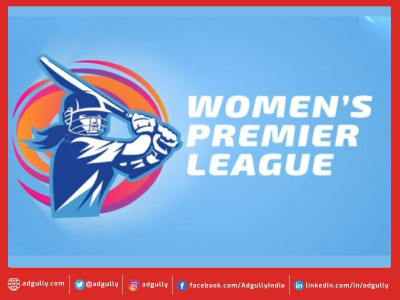
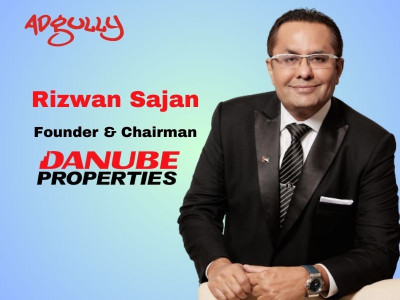
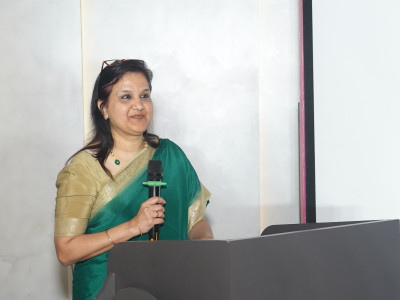
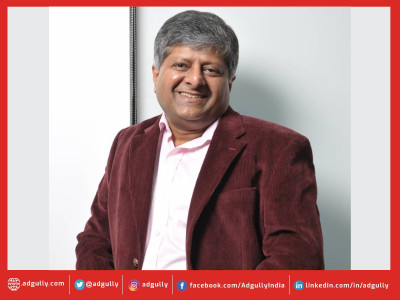


Share
Facebook
YouTube
Tweet
Twitter
LinkedIn